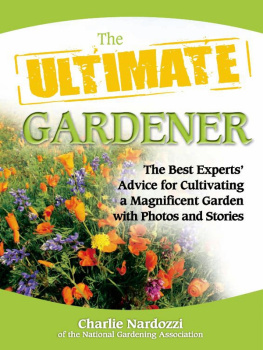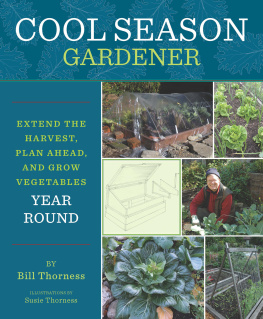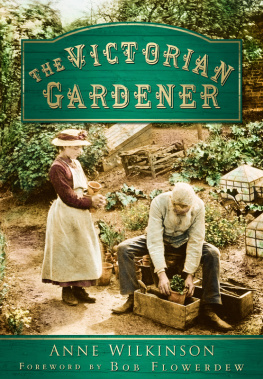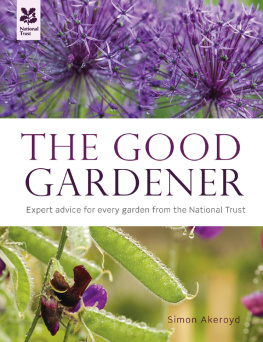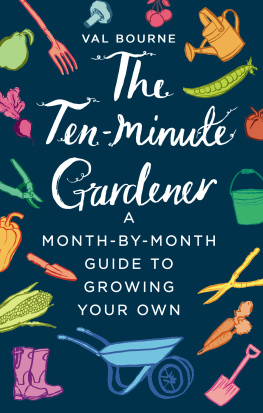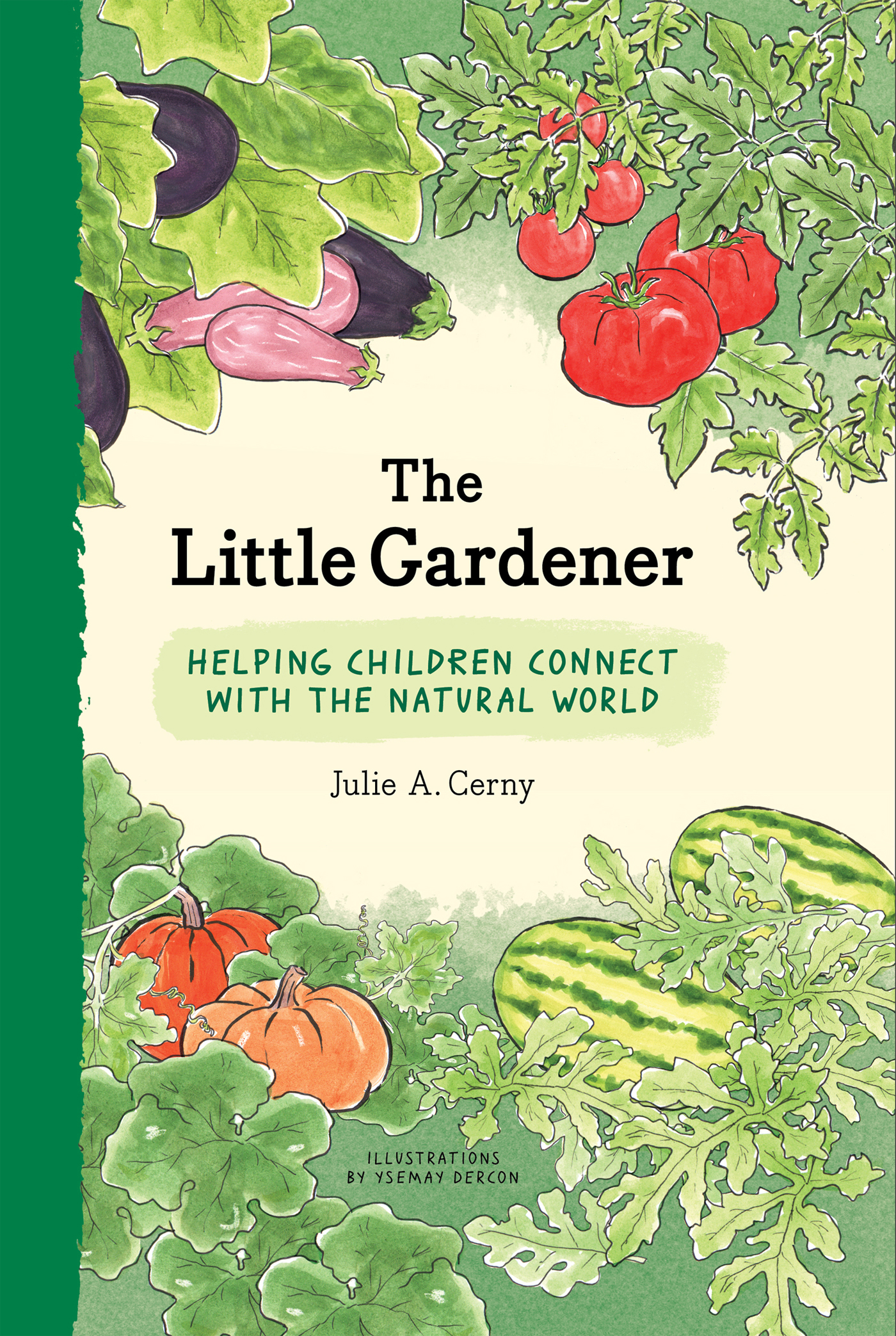
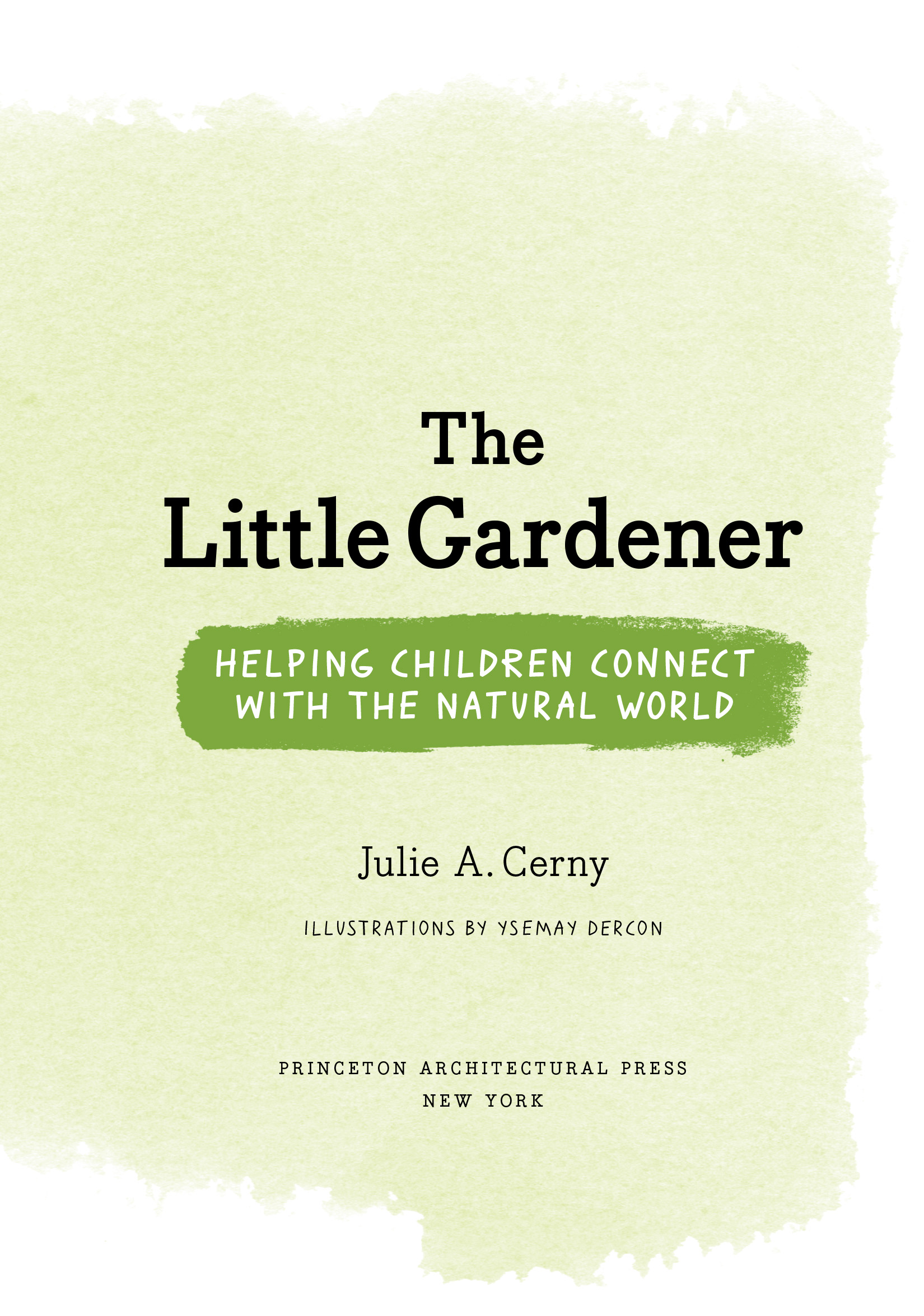

conclusion:
The cultivated, the wild, and you
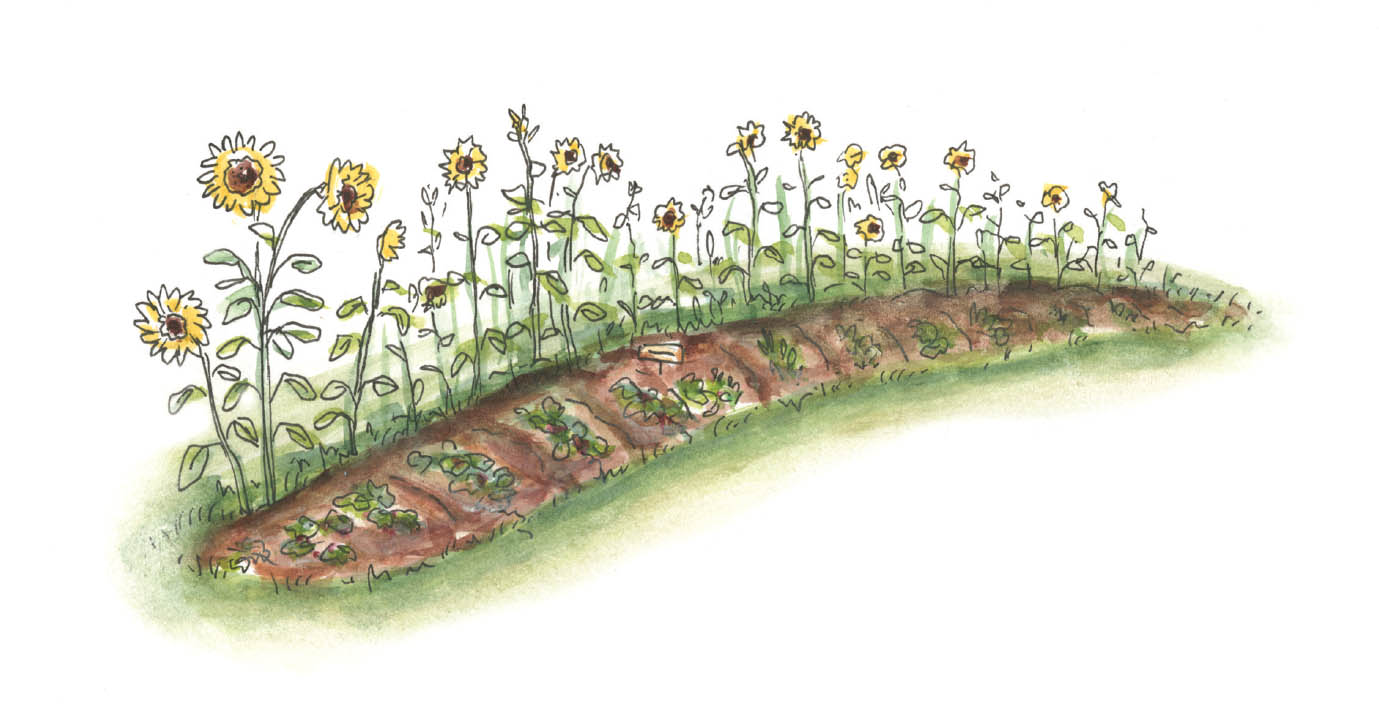
See deeply the beauty and
interconnectedness of all life;
then think, speak and act
from what you see.
Maggie Streincrohn Davis
Caring in Remembered Ways
InTroducTion
When I was a young girl, I often dreamed of sitting in the center of a circular garden. I wanted to feel like just a speck among towering flower stalkssmall and still, totally surrounded by growing things. While the flowers and I basked in the suns warmth and light, I radiated with delight and satisfaction knowing I had planted them all myself.
I have always loved being outside. Gardens and wild nature have been a part of my life for as long as I can remember. Until I was ten, a quarter of our tiny backyard was home to tomatoes, cucumbers, mint, and more. On summer days, I would play in the shade of the lean-to-style cucumber trellis and then happily take charge of the garden hoserescuing tomato plants from the heat of the day. Growing up, my family would camp out at a small hunting cabin. On the land there, my sister Susan and I would spend countless hours exploring the woods, building forts, and playing in streams.
Since then, Ive savored living and working in places where I can feel the elements seeping into my life, places where Im reminded daily that the natural world is at once incredibly beautiful and fiercely indomitable, and where I am challenged to explore where nature ends and I begin.
I began working as an outdoor educator fifteen years ago. In cities, at summer camps, in town parks, in state forests, and in the wilderness, I guided youth through experiences studying ponds, hiking mountains, and playing games that illustrated how natural systems work. Together we would walk silently in the dark, snowshoe across frozen ponds, identify trees by bark and bud, inspect animal tracks in mud and snow, map ecosystems, and splash stream water on our faces. I saw hundreds of children light up inside.
Children were intrigued as they observed pond water under a microscope. Hiking mountains was awe inspiring. Playing games was an exciting way to learn key ecological concepts. Nature became a friendlier and more familiar place.
Though I saw these children lighting up inside, and knew the experiences were meaningful to them, as an educator I was concerned that these activities werent doing enough to connect them to nature in a deep and personal wayor cultivate an understanding of where human beings fit into ecological systems. I realized that nature was still a place to them. Nature was still an other.
It wasnt until I saw children in a gardenholding seeds, planting them, touching the soil, and smelling, harvesting, and tasting food (nature)that I knew they were truly perceiving their place in the natural world. And it made perfect sense. The most direct and intimate way to connect with nature is, clearly, to eat it. A small part of it becomes a small part of youand it fills you up a little more every time. Eventually you begin to realize that you have always been 100 percent nature, that you are made of the same components of all that you see in the natural worldyour body made of water and carbon, same as the flower stalks. Gardens remind us that everything is connected, and that everything includes us.
Many schools are still missing the mark when it comes to teaching students that everything is as intricately, deeply, and beautifully connected as it is. Young people generally learn math separate from science, science separate from history, history separate from writing, writing separate from health, and health separate from the next thing. And, we have actual walls between where we teach each of these subjects. WALLS!
As an outdoor teacher, Ive had wonderful opportunities to walk with students across these boundaries, and maybe even knock bricks off a few walls. Gardens have provided more of these opportunities for me and my students than any other setting Ive worked in. Seeing so many Little Gardeners lose themselves among towering flower stalks, or grow, harvest, and taste fresh foodcrisp sugar snap peas, cherry tomatoes that burst in their mouths, or the curiously tart cucamelonI am drawn to the sparks that fly, reigniting connections to nature that have faded, been long lost, or never had the opportunity to form at all.
Gardening cultivates ecological literacya working knowledge of how ecological systems support all life on this planet. When we garden, its easier to see ourselves as part of those systems and to experience firsthand how our choices affect our environment, for better or for worse. Young gardeners are more likely to have increased positive environmental attitudes and are more apt to notice (and care) that some of the choices humans make are creating severe environmental problems.
Through gardening, young people discover that their own hands can affect their well-being, the well-being of others, and, accomplished with intention and care, the well-being of natural systems. They come to know their own ability to engage with ecosystems, steward life, and change the world. And they will be better equipped to handle the salient environmental issues we face.
Gardens are clearly not the only place where this kind of experiential eco-literacy education can take place, but, its where Ive witnessed the most inspiring interactions between people and nature. And it gives me hope that human beings can work with nature to create joy and abundance for our own existence and not undermine natures own wellness while doing so.
The Little Gardener is part how to create and grow a garden, part guide to using your garden as a teaching tool, and part inspiration for promoting ecological literacy and cultivating natures keepers through gardening. You will be guided through envisioning your dream garden, setting intentions and goals for the garden you will create, designing the garden and bringing it to life, and harvesting and eating what you and nature have grown together.
This is not a book about fast and easy gardening, although such tips will be offered. I make the assumption that you and your Little Gardener are up for crafting your garden in a very intentional way and are willing to invest time and energy in making it a meaningful part of your lives. Given the detail offered (brevity has never been my strong suit), this book will enable you to do just that.
As you and your Little Gardener embark on your gardening journey, remember that there are no two places on Earth with the exact same conditions of soil, climate, weather, topography, culture, and history. Answers to gardening questions are rarely completely right or wholly wrong; it depends is generally the smartest answer. The best way to learn about gardening where you live is to talk to other gardeners in your areathe oldest ones you can find.
Before you begin, know that a garden can live in a bucket. It can live in a backyard, a front yard, or the small strips of earth between roads and sidewalks. It can live on a windowsill. While this book focuses on gardens that are bigger than a bucket or a windowsill, the main concepts presented can easily be adapted to cozier spaces. Grow wherever you can. It will be worthwhile.
Next page



